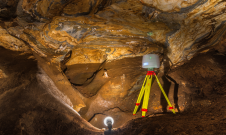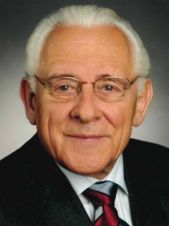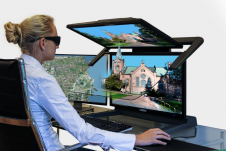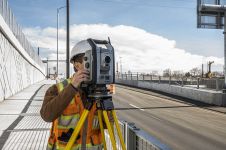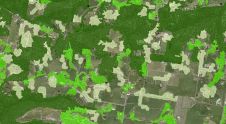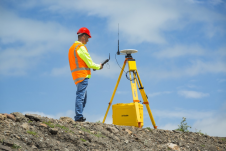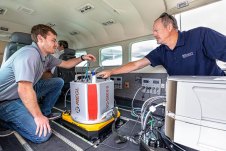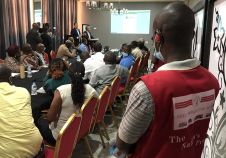London and Kuala Lumpur are Next Rallying Points for Geomatics Profession
This article was originally published inGeomatics World.
The coming months will provide rich opportunities to study geomatics practice and new applications for geospatial technologies, but let’s not reinvent the wheel.
This is a busy time for those in geospatial including us atGW. There has been a succession of interesting conferences recently, which we report on in this issue; and there are more to come. You will find plenty in this issue about the GEO Business event (pages 23-26) on 28 & 29 May at the Business Design Centre in London plus coverage of Oceanology International, the London Instrumentation & Monitoring Conference, a fascinating GIS conference in Billings (the state capital of Montana) and the Issue conference. More on the latter anon. In the meantime, Sharon Robson and I look forward to meeting as many readers as possible at GEO Business.
After these events, our technical editor Richard Groom will be packing his bags for Kuala Lumpur, Malaysia for the 2014 FIG Congress. Watch out for his report in the next issue.
I was in that lovely city a few weeks ago and it really is a most welcoming and exciting venue. Whether you’re conferencing or just touring the Malaysians will be keen to ensure that you enjoy yourself. They are the most hospitable people. There’s much to see in KL including the spectacular Petronas twin towers resplendent in architect César Pelli’s sparkling castellated stainless steel cladding, rendering a vision like something from Buck Rogers or a 1950’s Dan Dare tale - brilliant at night too.
The darker note for Malaysia is the strange disappearance of flight MH-370, one of the most extraordinary civil aviation events of all time. In this issue, we take a look at some of the geomatics technologies being deployed in the hunt for the missing plane (page 06). At the time of writing the area of focus is widening and hydrographic contractors are being called in.
First Time for Asia Brings Land into Sharp Focus
This is the first time that the FIG Congress has been held in an Asian country, reflecting the enormous strides that countries like Malaysia have made in recent decades in moving rapidly from the developing to the first world. The congress theme is Engaging the Challenges: Enhancing the Relevance and there is a strong focus on land reforms, cadastre and related issues plus informal settlements, expropriation and boundary measurement – important issues for so many Asian countries and one which we shall be exploring in the next issue ofGW.
Other topics to be examined in depth at FIG include, Surveyors and Climate, Gravity, Geoid and Vertical Datum Determinations, Ubiquitous Positioning and Kinematic Measurement. A strong line-up of keynoters will address the theme of: “Humanity faces a series of challenges including that of under-nourishment, shelter, climate change and economic progress. These challenges are present and the Profession must engage these challenges with its sciences, technologies, knowledge and practices.” Congress should stimulate much debate.
Too Much Specialisation Reinvents the Wheel
The Issue conference (page 31) was aimed at alerting would-be innovators and entrepreneurs of where funds can be obtained from government and the EU. But as our reporter found one project that attracted funding, and given as a case study, seemed to integrate geomatics technologies already widely in use and for similar applications. There’s much talk about joined-up government and in the geospatial sphere the mantra for years now has been ‘capture once and use many times’. So why doesn’t it happen? Could it be that today’s generation of top-flight graduates in key positions in government and industry are too specialised? Could be that we need more generalists, people with a broader education and the ongoing curiosity to pay attention to all technologies and their application.
Online Upgrade for GW
If you’re a regular user of the archives you will see issues of GW presented in a new format, one which we think is much easier to read. Pages and issues can be downloaded as PDFs and hyperlinks should be clickable for those keen to follow up stories and articles in more depth. Let us know what you think. There are further improvements still to come including better searching (limited at present to the issue opened).
Finally, we say farewell to Hayley Tear, who has worked tirelessly as my deputy editor on this publication and GIS Professional. She moves to a distant part of the country and leaves with our best wishes.
This article was published in Geomatics World May/June 2014
Make your inbox more interesting.Add some geo.
Keep abreast of news, developments and technological advancement in the geomatics industry.
Sign up for free













